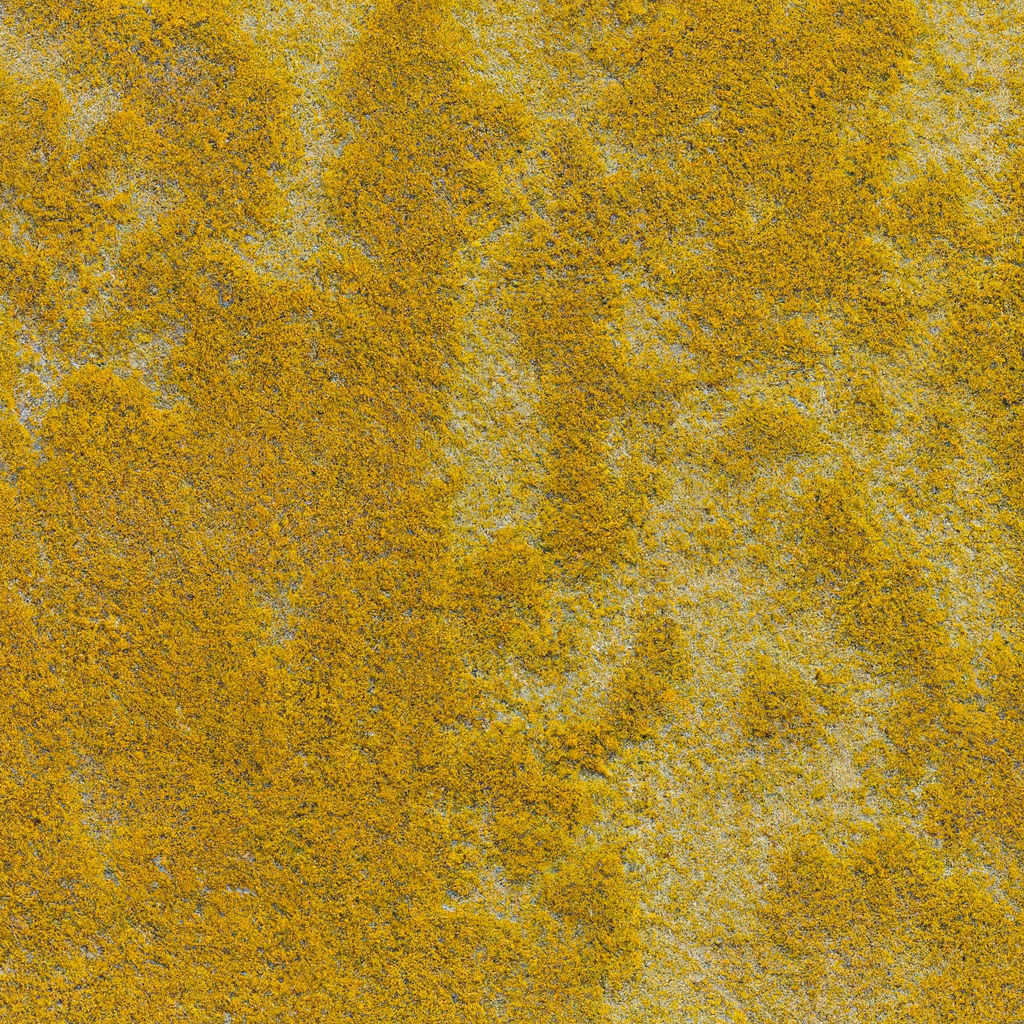Yellow mold is a type of mold that can grow in damp and humid environments, such as bathrooms, kitchens, and basements. It is important to identify and remove yellow mold promptly, as it can cause health problems and damage to your home. In this article, we will discuss what yellow mold is, how to identify it, and the best ways to remove it effectively.
What Is Yellow Mold?
Yellow mold, also known as Aspergillus, is a type of fungus that can grow on various surfaces, including walls, ceilings, and furniture. It thrives in moist environments with poor ventilation, making bathrooms and basements common areas for yellow mold growth. Yellow mold can appear as yellow or yellow-green spots or patches on surfaces, and it may have a musty odor. It can also produce spores that can become airborne and cause respiratory problems when inhaled.
Yellow mold can be harmful to your health, especially if you have allergies or respiratory conditions. Exposure to mold spores can trigger allergic reactions, such as sneezing, coughing, and congestion. In some cases, prolonged exposure to mold can lead to more severe health issues, including asthma and respiratory infections. It is essential to take action to remove yellow mold from your home to protect your health and prevent further damage.
How to Identify Yellow Mold
Identifying yellow mold in your home is crucial to take appropriate action to remove it. Here are some common signs that indicate the presence of yellow mold:
1. Discoloration
Yellow mold typically appears as yellow or yellow-green spots or patches on surfaces. These spots may be fuzzy or powdery in texture and can spread rapidly if left untreated. Look for any unusual discoloration on walls, ceilings, or other surfaces in your home, especially in areas with high humidity.
2. Musty Odor
Yellow mold can produce a musty odor that is often described as earthy or damp. If you notice a musty smell in your home, it could be a sign of mold growth, including yellow mold. Pay attention to any unusual odors and investigate the source to determine if mold is present.
3. Respiratory Symptoms
Exposure to mold spores can cause respiratory symptoms, such as coughing, sneezing, and shortness of breath. If you or your family members experience these symptoms, especially when spending time in a particular area of your home, it could indicate the presence of yellow mold. Consult a healthcare provider if you have persistent respiratory issues.
If you suspect that you have yellow mold in your home, it is essential to take action promptly to prevent further growth and potential health risks. Consider hiring a professional mold remediation company to assess the extent of the mold infestation and develop a plan for safe and effective removal.
How to Remove Yellow Mold
Removing yellow mold from your home requires thorough cleaning and disinfection to ensure that the mold is eliminated entirely. Here are some steps to follow when removing yellow mold:
1. Wear Protective Gear
Before starting the mold removal process, it is crucial to wear protective gear, such as gloves, a mask, and goggles, to protect yourself from exposure to mold spores. Mold spores can be harmful when inhaled or come into contact with the skin, so taking precautions is essential.
2. Contain the Mold
To prevent the spread of mold spores to other areas of your home, contain the affected area by sealing off the space with plastic sheeting and tape. This will help minimize the risk of cross-contamination and ensure that the mold removal process is more effective.
3. Clean and Disinfect
Use a solution of water and detergent to clean the affected surfaces thoroughly. Scrub the moldy areas with a brush or sponge to remove the mold growth, then rinse with clean water. After cleaning, disinfect the surfaces with a mold-killing solution, such as bleach or vinegar, to kill any remaining mold spores.
4. Dry the Area
After cleaning and disinfecting the moldy surfaces, it is essential to dry the area thoroughly to prevent mold regrowth. Use fans, dehumidifiers, or open windows to improve ventilation and remove excess moisture from the air. Keeping the area dry and well-ventilated will help prevent future mold growth.
5. Monitor for Regrowth
After removing yellow mold from your home, monitor the affected areas regularly for any signs of regrowth. Keep an eye out for discoloration, musty odors, or respiratory symptoms that may indicate mold recurrence. If you notice any new mold growth, take immediate action to address the issue and prevent further spread.
In conclusion, yellow mold is a common type of mold that can grow in damp and humid environments. It is essential to identify and remove yellow mold promptly to protect your health and prevent damage to your home. By following the steps outlined in this article, you can effectively remove yellow mold from your home and create a safe and healthy living environment for you and your family. If you are unsure how to handle mold removal, consider hiring a professional mold remediation company to ensure that the job is done safely and effectively.
